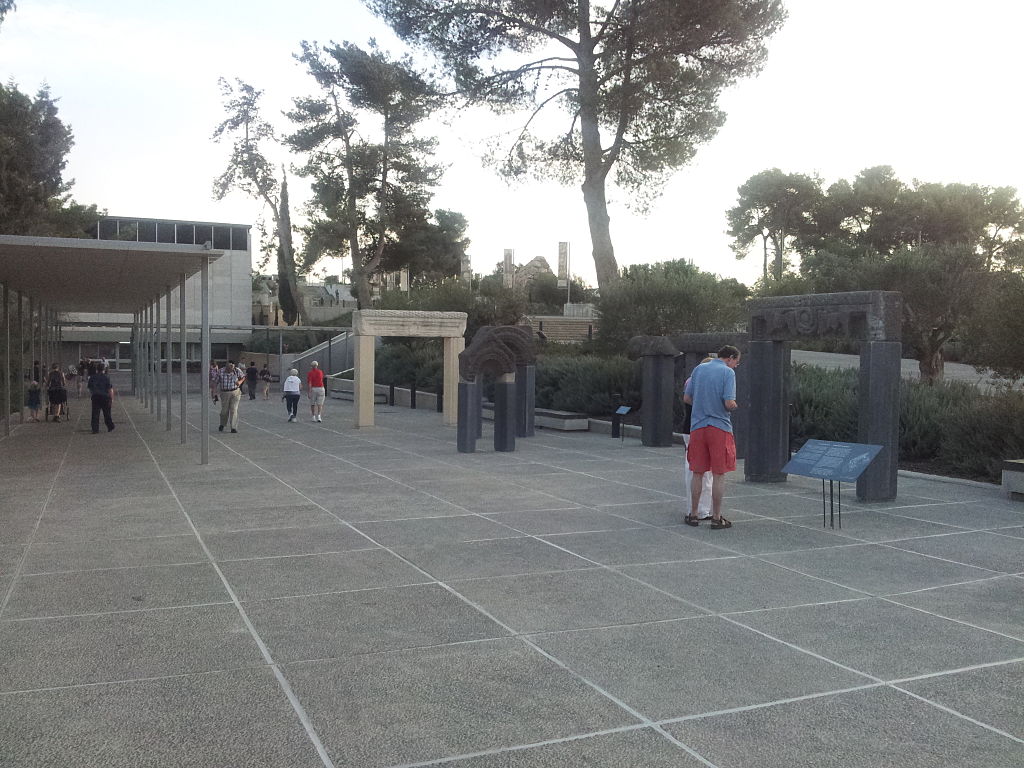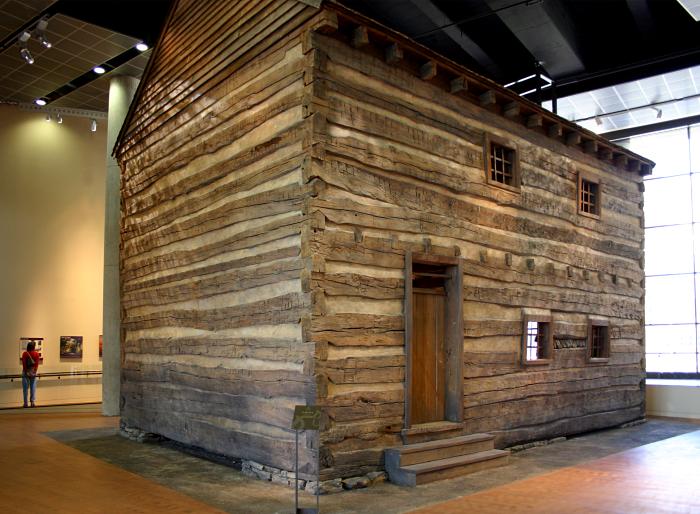
“The Valpinçon Bather” by Jean-Auguste-Dominique Ingres is a female nude in a chaste pose. Her neck and the curves of her back and legs are accentuated by the curves in the green draperies.
With the white linen in front of her and the folds of the bedsheets, this painting lacks the overt sexuality of other Ingres paintings.
Ingres has masterfully depicted a calm and measured sensuality which is a masterpiece of harmony and light. Ingres returned to the form of this figure several times in his life.
Most famously in “The Turkish Bath” of 1863, where the central character in the foreground playing the mandolin which echoes in rhythm and tone this figure.
The Turkish Bath was the last of his Orientalist paintings of the female nude and was finished when Ingres was 83 years old.
“The Valpinçon Bather” was originally titled “Seated Woman” but later became known after one of its nineteenth-century owners.
Ingres was a French Neoclassical painter who thought of himself as a painter of history and who today is highly regarded for his many portraits.
Critics often found his style bizarre and archaic, his expressive distortions of form and space make him an important precursor of modern art, and his work influenced Picasso and Matisse, and other modernists.
The Valpinçon Bather or La Grande Baigneuse
- Title: The Valpinçon Bather or La Grande Baigneuse
- Deutsch: Die Badende von Valpincon
- Français : La Baigneuse Valpinçon
- Artist: Jean-Auguste-Dominique Ingres
- Created: 1808
- Media: Oil on canvas
- Dimensions: 146 x 98 cm
- Museum: The Louvre
Jean-Auguste-Dominique Ingres
- Artist: Jean-Auguste-Dominique Ingres
- Born: 1780 – Montauban, Languedoc, France
- Died: 1867 (aged 86) – Paris, France
- Movement: Neoclassicism
- Notable Works:
- Ruggiero Freeing Angelica
- The Valpinçon Bather
- The Turkish Bath
- Grande Odalisque
- Madame Moitessier ( The National Gallery, London)
- Madame Moitessier (National Gallery of Art, Washington, D.C.)
- Oedipus and the Sphinx (Louvre Museum)
- Oedipus and the Sphinx (Walters Art Museum)
Jean Auguste Dominique Ingres: A collection of 157 paintings (HD)
Virtual Tour of the Louvre Paintings
- The Mona Lisa” by Leonardo da Vinci
- “Ruggiero Freeing Angelica” by Jean-Auguste-Dominique Ingres
- “The Valpinçon Bather” by Jean-Auguste-Dominique Ingres
- “The Turkish Bath” by Jean-Auguste-Dominique Ingres
- “Grande Odalisque” by Jean-Auguste-Dominique Ingres
- “Perseus and Andromeda” by Joachim Wtewael
- Self-portrait with Her Daughter, Julie by Louise Élisabeth Vigée Le Brun
- “The Virgin and Child with St. Anne” by Leonardo da Vinci
- “Louis XIV of France” by Hyacinthe Rigaud
- “The Massacre at Chios” by Eugène Delacroix
- “The Battle of San Romano” by Paolo Uccello
- “Virgin of the Rocks” by Leonardo da Vinci
- “The Death of Sardanapalus” by Eugène Delacroix
- “Psyche Revived by Cupid’s Kiss” by Antonio Canova
- “Liberty Leading the People” by Eugène Delacroix
- “The Arcadian Shepherds” by Nicolas Poussin
- “The Lacemaker” by Johannes Vermeer
- “The Money Changer and His Wife” by Quentin Matsys
- “The Fortune Teller” by Caravaggio
- “Portrait of Baldassare Castiglione” by Raphael
- “Charles I at the Hunt” by Anthony van Dyck
- “An Old Man and his Grandson” by Domenico Ghirlandaio
- “Vulcan Presenting Venus with Arms for Aeneas” by François Boucher
- “La belle ferronnière” by Leonardo da Vinci
- Self-Portrait by Élisabeth Sophie Chéron
- The Four Seasons by Nicolas Poussin
Jean Auguste Dominique Ingres
- “The Death of Marat” by Gioacchino Giuseppe Serangeli after Jacques-Louis David
- “Oath of the Horatii” by Jacques-Louis David
- “The Coronation of Napoleon” by Jacques-Louis David
- “Portrait of the Elector John Frederic the Magnanimous of Saxony” by Lucas Cranach the Elder
- “Leonidas at Thermopylae” by Jacques-Louis David
- “Entry of Alexander into Babylon” by Charles Le Brun
- The Raft of the Medusa by Théodore Géricault
- “Moses saved from the Waters” by Nicolas Poussin
- “The Battle of Anghiari” by Peter Paul Rubens – Copy of Leonardo da Vinci’s Lost Painting
- “Oedipus and the Sphinx” by Jean-Auguste-Dominique Ingres
- “Diana Discovering the Pregnancy of Callisto” Attributed to Paul Brill
- “Philosopher in Meditation” by Rembrandt
- “St John the Baptist” by Leonardo da Vinci
- “Cupid and Psyche” by François Gérard
- “The Fall of Icarus” by Merry-Joseph Blondel
- “Diana Huntress” by School of Fontainebleau
- “Diana Huntress” by Bartolomeo Passerotti
- “Jewish Wedding in Morocco” by Eugène Delacroix
- “Young Painter in his Studio” by Barent Fabritius
- “Painter in his Studio” by François Boucher
- “Imaginary Gallery of Ancient Roman Art” by Giovanni Paolo Panini
- “Picture Gallery with Views of Modern Rome” by Giovanni Paolo Panini
- “Bonaparte Visiting the Plague Victims of Jaffa” by Antoine-Jean Gros
- Portrait of Gabrielle d’Estrees and her sister the Duchess of Villars
- “The Wedding at Cana” by Paolo Veronese
- “Portrait of Antonio de Covarrubias” by El Greco
Jean-Auguste-Dominique Ingres
~~~
“The greatest deception men suffer is from their own opinions.”
– Leonardo da Vinci
~~~
Photo Credit 1) Jean Auguste Dominique Ingres [Public domain], via Wikimedia Commons
Popular this Week








 Sponsor your Favorite Page
Sponsor your Favorite Page SEARCH Search for: Search Follow UsJoin – The JOM Membership Program
Sponsor a Masterpiece with YOUR NAME CHOICE for $5
Share this:
- Tweet
